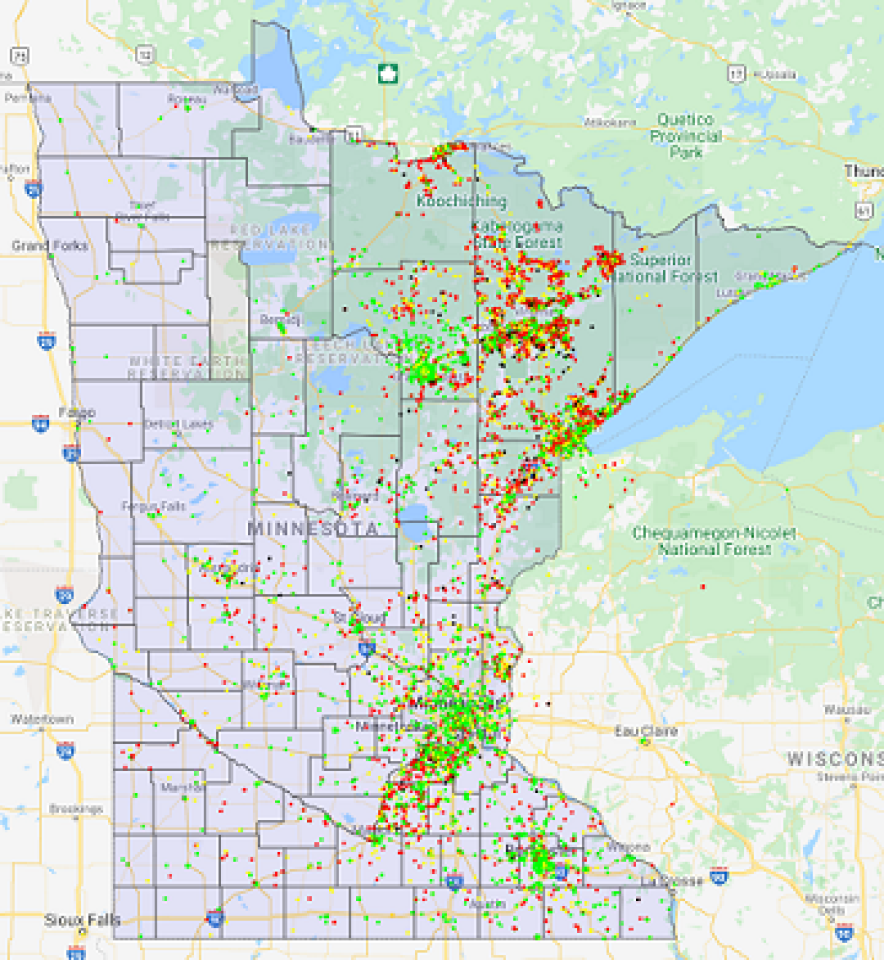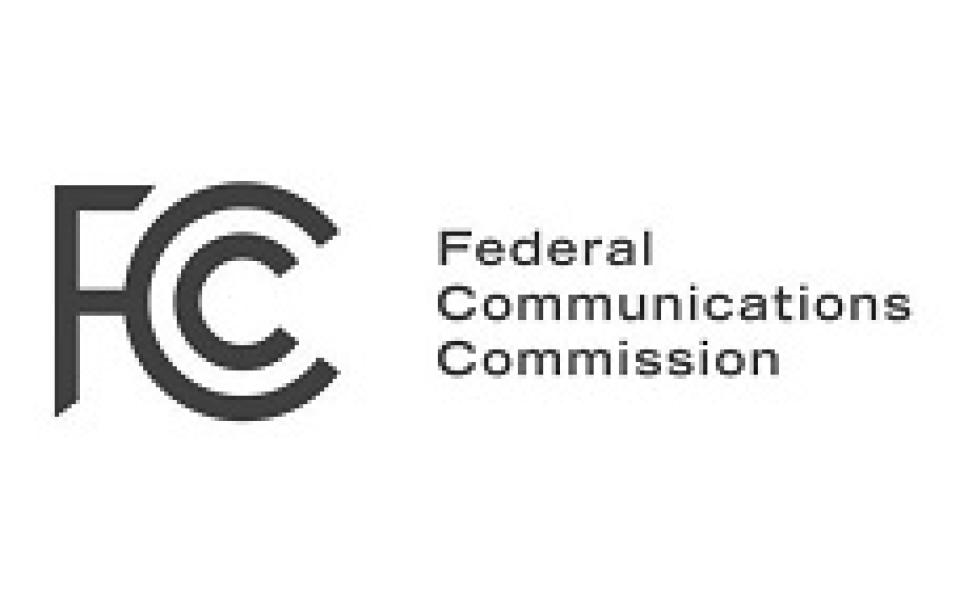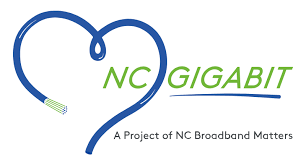
Fast, affordable Internet access for all.

If you live in the land of ten thousand lakes, your help is needed. The Minnesota Rural Broadband Coalition has launched a speed test initiative to collect much-needed data from everyone in the state so that lawmakers and stakeholders can better direct broadband expansion efforts now and in the future. Hop over to the speed test page and give them a hand.
Data, Data, Data
The Minnesota Rural Broadband Coalition (MRBC) — which is made up of over a hundred utilities, cooperatives, regional development commissions, nonprofits, private companies, and rural and urban interest groups — has worked for years with local communities and in the state capitol to advocate for more funds and help local communities address Internet access imbalances across the state. The initiative is the latest mark of their efforts, asking Internet users to input their addresses and how much they pay their Internet Service Provider (ISP) to get a better sense of speeds, availability, and prices.

To date, they’ve gotten results from a little over 15,000 tests in 11,000 locations. There are predictable problem areas in the northeast part of the state, and according to the map just under 7% of locations are unserved so far. Saint Louis, Itasca, and Carlton Counties account for the bulk of the tests outside of the metro area, though Minnesotans in Scott and Le Sueur Counties south of the 169 corridor are also putting up a strong showing.
Milwaukee County, Wisconsin, is currently experiencing firsthand the consequences of the Federal Communications Commission’s (FCC's) 2018 preemption of local governments’ authority to regulate 5G infrastructure in their cities. With its initial handful of applications for new small cell transmitters just submitted to the county board by Verizon under the new rules, local officials are grappling with a host of limitations — including fee caps, shorter timing windows, and right of way exemptions — which outline clearly a problem more and more communities will face in the coming months and years.
Less Say, Less Money
We pointed out when the FCC handed down the order in the fall of 2018 that it represented a significant giveaway to wireless carriers while placing additional restrictions and financial burdens on local regulators, most of which are county boards and city departments. Among the most troublesome of the order’s provisions are new 60- and 90-day approval windows for the installation of infrastructure on existing and new wireless facilities, a limitation to annual fee scales for small cell sites set between $100-250, a right now enjoyed by wireless providers to place infrastructure on municipally owned poles and traffic lights, and a rule that says if regulating authorities don’t get to an application within 60 days it automatically becomes approved. The 9th U.S. Circuit Court of Appeals upheld the fee cap in a ruling last Wednesday.

Yesterday, Congresswoman Deb Haaland and Senator Elizabeth Warren introduced the DIGITAL Reservations Act, a bill which ends the current Federal Communications Commission (FCC) practice of selling wireless spectrum rights on the lands of Indian Tribes and Native Hawaiian organizations and grants ownership, management, and governance of all spectrum to those groups in perpetuity. The bill also calls for the creation of an FCC fund to support broadband efforts, an advisory team to provide regulatory and technical assistance, and a data collection program to support future connectivity efforts in those communities. It represents a dramatic new approach to addressing the digital divide in Tribal communities, which remain among the least well-connected of all across the United States today.
Breaking Down the Bill
The Deploying the Internet by Guaranteeing Indian Tribes Autonomy over Licensing on Reservations Act [pdf] offers significant investment in a multi-pronged approach. It’s driven by twin impulses. From the bill:
To date, the [Federal Communications] Commission has failed to implement nationwide spectrum opportunities or uniform licensing for Indian Tribes and Native Hawaiian organizations to make spectrum available over their Tribal lands or account for the unmet needs of native Nations in compliance with the Federal trust responsibility.
The Commission’s actions parallel failed Federal Reservation Era policy that divided Indian land holdings and created systemic barriers to Indian Tribes’ economic development and legal jurisdictional complications on Tribal lands that continue to disadvantage Tribal communities today.
July has seen the release of two complementary reports which shed light on two of the topics we care about a great deal around these parts: availability and affordability of Internet access, and municipally-enabled networks.
The Open Technology Institute at New America recently released “The Cost of Connectivity 2020” [pdf], which digs into the factors (some of which are explicit and others hidden) dictating how much Americans can expect to spend for Internet access in comparison to Europe, Asia, Canada, and Mexico. They conclude that, compared to the rest of the world, a lack of competition, regulation, and accurate data collection by the FCC has led to higher prices, slower speeds, exorbitant data cap fees, and deep digital divides running between those with high-speed access and those in Black, Indigenous, and People of Color (BIPOC) communities and low-income parts of American cities. And among its most compelling policy recommendations — based on data points from 296 standalone Internet plans in the United States — is that municipal networks offer a solution.
If OTI’s report outlines the deep and persistent problem of connectivity in the United States, US Ignite and Altman Solon’s “Broadband Models for Unserved and Underserved Communities” [pdf] provides a clear and thoughtful roadmap for local communities who ask “What can we do?” Above all else, the guide shows that high-speed broadband is a solvable proposition, and sketches out five models for local governments to follow according to their unique conditions. Like the OTI report, US Ignite and Altman Solon highlight the many inherent benefits of community-enabled networks.
Download the full reports at the bottom of this post.
Digging into the Data

For the ninth episode of our special podcast series “Why NC Broadband Matters,” Christopher talks with Doug Dawson, President of CCG Consulting. Doug is a veteran advisor to small public and private telecommunications carriers and an experienced, thoughtful voice in the broadband space. During their discussion, Christopher and Doug give the various levels of government across the United States a report card for their connectivity efforts during the pandemic, and talk about how the coronavirus has brought into focus the two digital divides facing our communities today. They consider what the broadband gap looks like between rural and urban areas, and the problem of adoption versus access for North Carolina communities facing obstacles to high quality Internet access.
Christopher and Doug also talk about whether SpaceX or other satellite providers are a solution to North Carolina’s rural broadband challenge, which leads them to reflect on the problem of the FCC’s current minimum broadband speed definition as a baseline for disbursing funds to providers connecting communities over the next ten years.

We produced this episode and the “Why NC Broadband Matters” series in partnership with NC Broadband Matters, a nonprofit organization advocating for better connectivity across North Carolina.
This show is 37 minutes long and can be played on this page or via Apple Podcasts or the tool of your choice using this feed, at the Community Broadband Bits page, or at the NC Broadband Matters page. We encourage you to check out other "Why NC Broadband Matters" content at the podcast feed so you don't miss future bonus content that may not appear in the Community Broadband Bits Podcast feed.
Transcript below.
We want your feedback and suggestions for the show-please e-mail us or leave a comment below.
Listen to other episodes here or view all episodes in our index. See other podcasts from the Institute for Local Self-Reliance here.
Thanks to Shane Ivers for the Music: What's The Angle? by Shane Ivers - https://www.silvermansound.com a Creative Commons Attribution (4.0) license.
As Georgia Broadband Deployment Initiative (GDBI) Director Deanna Perry promised last September, a state intra-agency task force has completed its mapping project of broadband Internet access in the Goober State. It offers a far more detailed look at who does and does not have Internet access — right down to individual homes and businesses.
Broadband Access Reality Check
The interactive map shows what we’ve known for a long time: that the FCC’s data on nationwide coverage dramatically overstates baseline broadband availability (defined as a connection capable of 25/3 Megabits per second (Mpbs)). This is especially true in rural areas. Georgia’s data, in particular, shows that of the more than 507,000 homes and businesses in the state lacking any access options, nearly 70% of these locations are in rural parts of the state. The reason for this discrepancy is because the GDBI map is based on location-specific data (individual houses and businesses), while the FCC map considers a whole census block served if just one location in that block is served.
Users can dive into the GBDI Unserved Georgia Map and type in an address or city to see how many locations within each census block are unserved, or check out the FCC vs GBDI comparison map to see the difference in reported coverage. In the GIF below, the GDBI data is on the left, while the FCC's claimed coverage is on the right.

This week on the Community Broadband Bits podcast we flip the microphones around. Christopher gets interviewed by Isfandiyar Shaheen, also known as Asfi, an experienced thinker on all Internet-related issues around the world and longtime friend of the Community Broadband Networks initiative.
Asfi and Christopher have a wide-ranging discussion, including how Christopher first got involved with Internet policy work and the changes he’s seen over the last decade in fiberization and rural broadband development. Christopher shares what three actions he’d take as (an unhappily and reluctantly appointed) FCC chair, from putting together real processes for publicizing actionable data about broadband access, speed, and price around the country, to supporting experiments in different network structures, to encouraging policies that foster the creation of many overlapping networks.
Asfi also asks Christopher about the Christopher Mitchell smell test in affordable connectivity initiatives and what he’ll do once everyone in the United States has more than one option for fast, affordable, reliable Internet.
Asfi has been on the podcast before—he and Christopher talked on Episode 351 about the spillover effect of fiber networks in areas like public works and agriculture. They talked about how high-bandwidth connections can reduce municipal labor overhead, allow companies to do predictive maintenance on expensive machines, and give farmers way more information about how their crops are doing in the field.
We want your feedback and suggestions for the show; please e-mail us or leave a comment below.
This show is 54 minutes long and can be played on this page or via Apple Podcasts or the tool of your choice using this feed.
Transcript below.
We want your feedback and suggestions for the show-please e-mail us or leave a comment below.
Listen to other episodes here or view all episodes in our index. See other podcasts from the Institute for Local Self-Reliance here.
Thanks to Arne Huseby for the music. The song is Warm Duck Shuffle and is licensed under a Creative Commons Attribution (3.0) license.
Over the weekend, Frontier filed comments with the Federal Communications Commission (FCC) announcing that it would “welcome the inclusion” of the census blocks where it claims to newly offer broadband service into the upcoming Rural Digital Opportunity Fund (RDOF). Phase one of RDOF will distribute $16 billion to providers to expand rural broadband access in unserved areas later this year.
We wrote previously on Frontier’s attempt to remove 17,000 census blocks, representing over 400,000 Americans, from the first phase of RDOF by reporting that the company could now provide broadband speeds of 25 Megabits per second (Mbps) download and 3 Mbps upload, the federal minimum definition of broadband, in those areas. At the time, we expressed concern that Frontier, which has a long history of neglecting its rural networks, was exaggerating its broadband coverage in an effort to prevent competition. The Institute for Local Self-Reliance (ILSR) filed comments with the FCC requesting that the agency investigate Frontier’s claims before removing any of the identified census blocks.
But while Frontier’s recent filings suggest that the company will not fight to remove those census blocks from the subsidy program, it leaves the door open for the FCC to remove the contested areas anyway.
Filings Offer Inadequate Explanations
On May 23, Frontier filed a short notice with the FCC seeking to “clarify” its position, indicating that it would not fight to exclude the 17,000 census blocks in question despite maintaining that it does offer 25/3 Mbps speeds in those areas. The company followed up on May 26 with a longer filing that responded to comments filed by ILSR and others and asserted that its claimed broadband speeds are correct.
Late last month, we reported on Frontier Communications’ claim that it now offers broadband in 17,000 rural census blocks in an effort to remove those areas from the Federal Communications Commission’s (FCC’s) upcoming rural broadband funding program. At the time, we expressed concerns that the provider may be exaggerating Internet speeds, and after publishing that article, we heard from Frontier subscribers, local officials, and private companies who shared their own doubts over the accuracy of the company’s reporting.
Earlier today, the Institute for Local Self-Reliance filed comments with the FCC to draw attention to Frontier’s questionable claims. “We are concerned that Frontier may have overstated its capacity to actually deliver the claimed services in many areas,” the comments read.
We call on the FCC to either investigate or to simply refuse Frontier’s disputable claims to ensure unserved rural areas aren’t prevented from receiving subsidies to expand broadband access. The comments argue:
Allowing Frontier to so remove hundreds of thousands of Americans from one of the most significant rural broadband programs in history would send a strong message that there is no claim too far that the Commission will be skeptical of . . . Frontier is all but inviting the Commission to make an example of it and serve notice that the Commission intends to ensure Americans in rural regions have real opportunities to connect rather than continuing to play games with bankrupt firms.
Download ILSR’s comments to the FCC at the agency's website or below.
Inconsistent Reports Raise a Red Flag
We have seen inconsistencies in Frontier’s past reports to the FCC on its broadband offerings, which the company is required to file twice a year. A few years ago, Frontier reduced reported speeds in a number of census blocks from 25 Megabits per second (Mbps) download and 3 Mbps upload — the FCC’s minimum definition of broadband — to just below broadband speeds.

In this episode of the Community Broadband Bits podcast, we get an introduction to what this week's guest calls "the most Southern of protocols" — Wi-Fi. Here to guide us is Heather "Mo" Williams, Manager of Solutions Engineering at Ruckus Networks, Wi-Fi engineer for Black Hat conferences, and co-host on the podcast This Week in Enterprise Tech.
During her conversation with Christopher, Mo shares her background with Ruckus Networks and her family's personal experience with poor connectivity in rural Texas. Then, Mo and Christopher discuss the history of Wi-Fi, the basics of how it functions, and what it means to operate over unlicensed spectrum. Mo explains how network congestion and the proliferation of Wi-Fi-enabled devices challenge engineers.
Christopher and Mo talk about the overblown hype around 5G technologies. They also dig into the Federal Communications Commission's wireless policies, and Mo commends the agency for it's recent decision to open up more spectrum for Wi-Fi, calling it a "game changer."
This show is 51 minutes long and can be played on this page or via Apple Podcasts or the tool of your choice using this feed.
Transcript below.
We want your feedback and suggestions for the show-please e-mail us or leave a comment below.
Listen to other episodes here or view all episodes in our index. See other podcasts from the Institute for Local Self-Reliance here.
Thanks to Arne Huseby for the music. The song is Warm Duck Shuffle and is licensed under a Creative Commons Attribution (3.0) license.